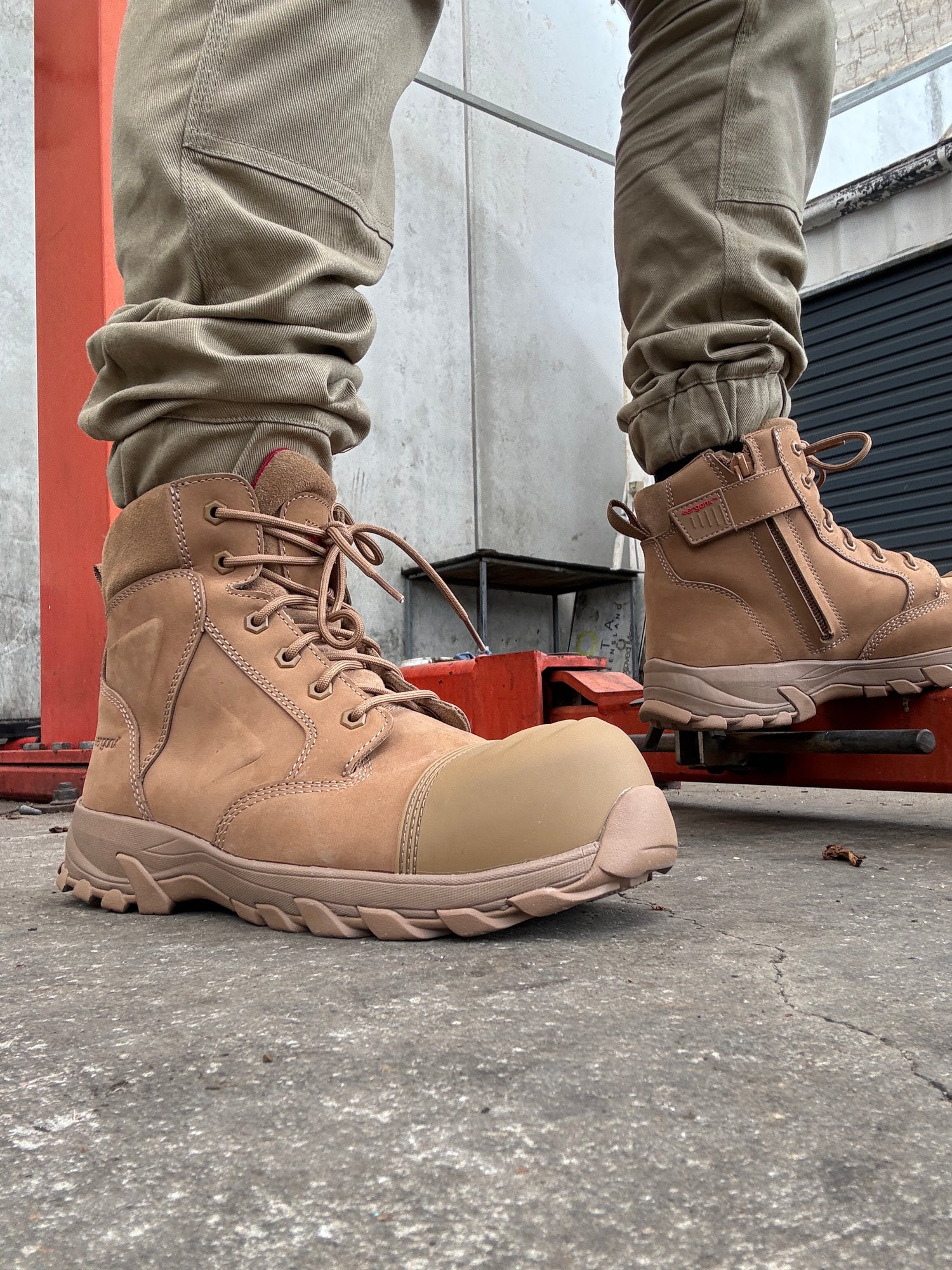Orthotics Before and After – Can You See the Difference?
HOME / ORTHOTIC INSOLES / ORTHOTIC BEFORE AND AFTER – CAN YOU SEE THE DIFFERENCE
Table of Content:
Orthotics – What are they?
Orthotics (also termed orthotic insoles or orthotic shoe inserts) are prescribed by healthcare professionals, such as podiatrists, to treat a variety of different foot conditions. There are many different types, including custom orthotics and over-the-counter inserts.

How do orthotics help treat foot problems?
This is a question many healthcare professionals receive at the clinic from their patients – how exactly do orthotics function? At their core, orthotics work by altering the biomechanics (movement) of your feet and redistributing the pressure along them.
They place your feet into more ideal positions that allow them to work more efficiently. Doing so, it prevents the muscles, tendons, and ligaments from becoming too overworked. Time and time again, they have been proven to be an effective treatment option for reducing foot pain and improving foot posture.
Some of the more common conditions orthotics are often used to treat include:
- Plantar fasciitis
- Flat feet (over pronation)
- Pain or aches in the lower extremities
- Arthritis
- Heel pain and heel spurs
- Bowed legs

Can we measure the effect orthotics have on our feet?
Absolutely! We can acquire clinical measures of how orthotic inserts influence foot biomechanics. For example, we can measure the degree of pronation displayed by the feet as a person is walking on a treadmill (see below).
In the absence of any orthotic correction, the individual is experiencing approximately 10 degrees of pronation towards the midline (inwards). This places undue stress on the ankles and feet. Over time, with repetitive movements such as running or standing, they can become fatigued and overworked.
On the other hand, with an orthotic and a well-fitting pair of shoes, the individual’s feet pronate to a much lesser degree (about 3 degrees), clearly demonstrating the influence inserts can have on foot function.

How do orthotics fit into a comprehensive treatment plan?
To tackle your condition, your podiatrist may prescribe orthotics in combination with other treatment options. Because there is so much that is anatomically linked to your feet and how they function, treatment plans are often a multi-step process.
It is common in a podiatry clinic to prescribe and recommend:
- Exercises and stretches to improve muscle strength in the lower leg (e.g. calf stretches)
- Anti-inflammatory medications
- Topical treatments
- New shoes that are suitable for your daily activities

I just received some new orthotics, will they take time to break in?
At the start, wearing your orthotics you may feel a bit of discomfort as your feet are not used to being in an altered position. You may even feel some foot pain if you wear your orthotics for too long.
However, there is often no need to worry. Orthotics, whether they are off-the-shelf or custom-made, have a break-in period. The length of this period depends on the type of orthotic.
- Custom foot orthotics – These are custom insoles made to fit the unique shape and contours of an individual’s feet. Compared to pre-made orthotics, custom orthotics cost quite a bit more but they can be extremely effective in relieving pressure and alleviating symptoms. Making custom orthotics requires a longer time as they are based on detailed scans/representations of a patient’s feet. They offer special features, such as customized cushioning and various builds. In general, custom foot orthotics require two weeks to break in.
- Off-the-shelf orthotics – These are more one-size-fits-all and can be acquired at pharmacies. If your condition is more generalized, your podiatrist may recommend these as they are a more affordable option. Relative to custom orthotic inserts, these take about half the time to acclimate to.
If it has been more than two weeks, and your inserts are still painful to wear, stop wearing them as they should be pain-free by now. Book a consultation with your podiatrist so that they can determine if you will need a replacement orthotic.

Got questions about orthotics?
Comment below with any questions you may have about orthotics and whether you could benefit from them. If you are experiencing heel pain, foot aches, or stress in your back or hips, we would also love to hear from you.


